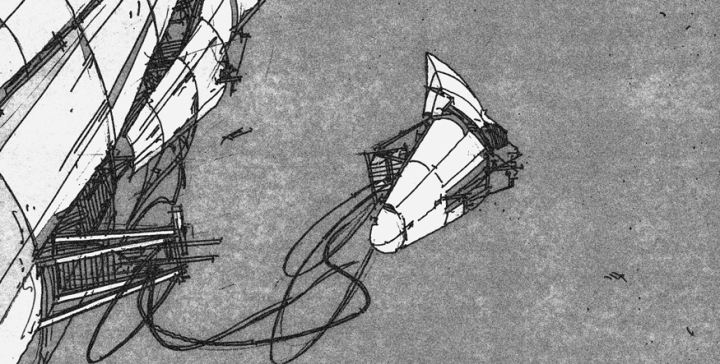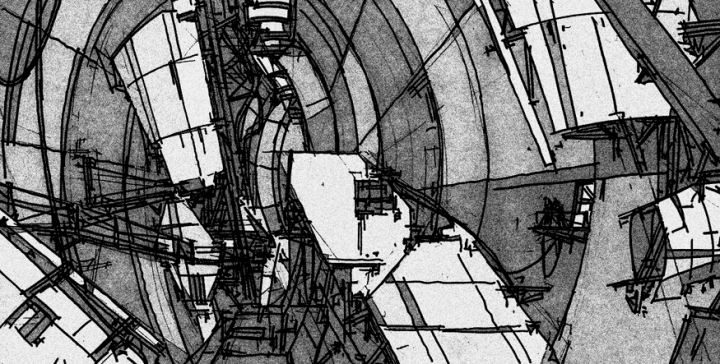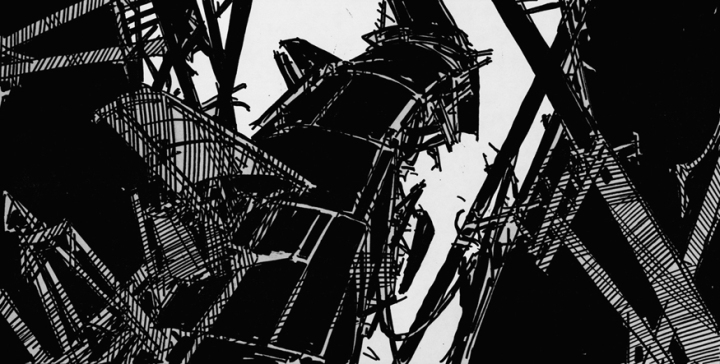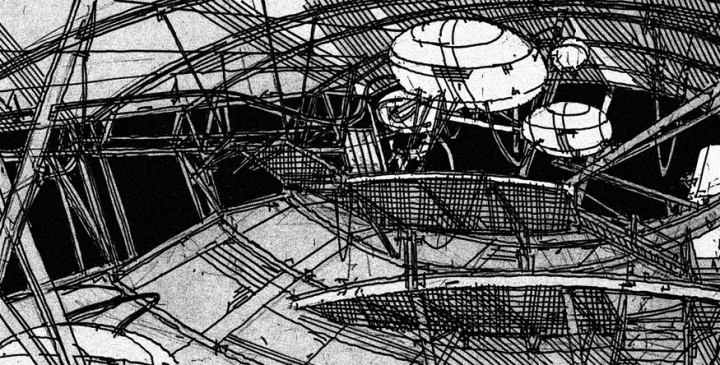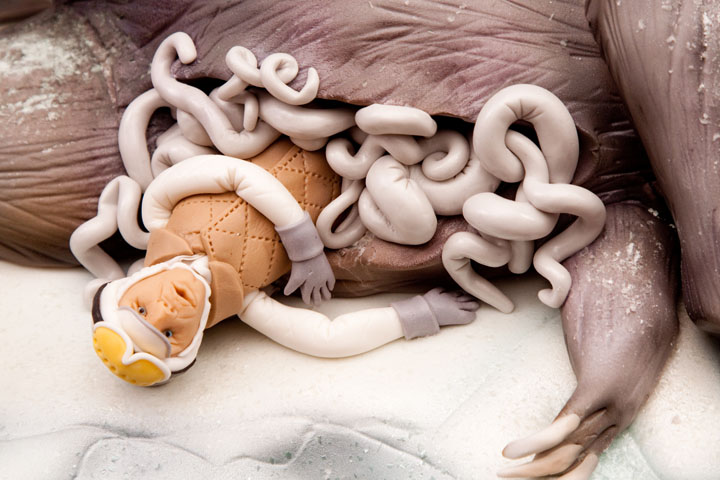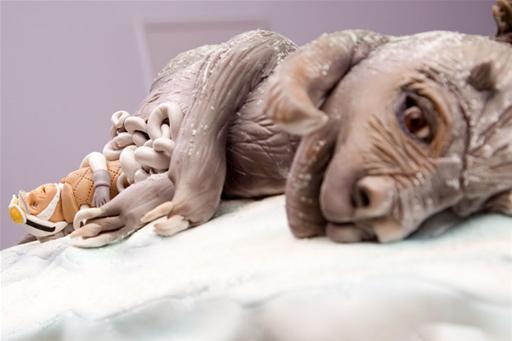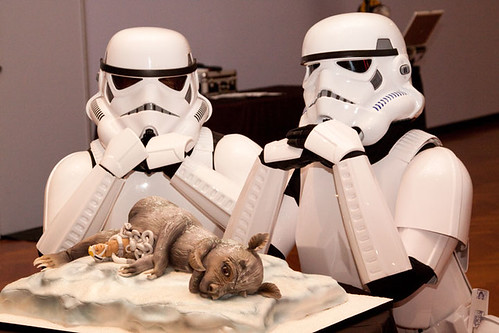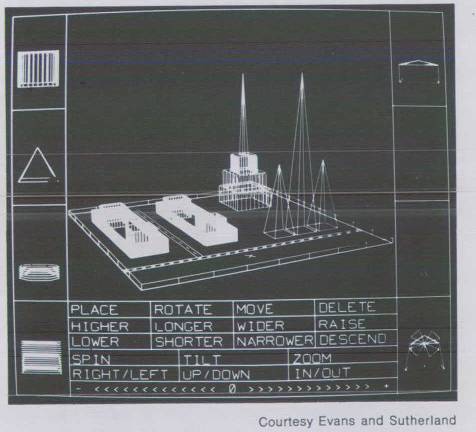30/10/2009
29/10/2009
28/10/2009
A. Michael Noll - Gaussian Quadratic (1962/1965)
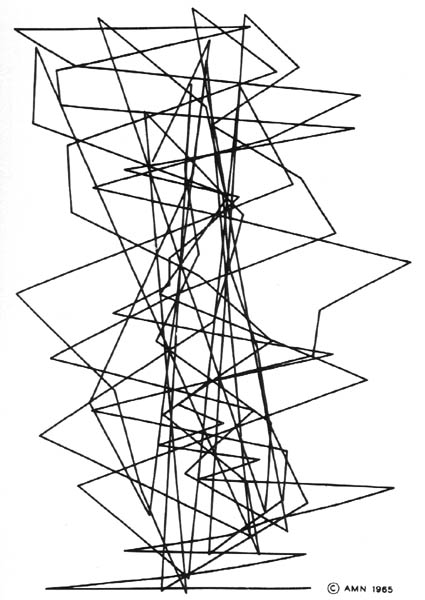 "Ninety-nine lines connect 100 points whose horizontal coordinates are Gaussian. Vertical coordinates increase according to a quadratic equation. As a point reaches the top, it is reflected to the bottom to continue its rise. The exact proportions of this pattern were chosen from many other examples. This particular proportion is vaguely similar to the painting Ma Jolie by Picasso." Visit the source at the digital art museum HERE.
"Ninety-nine lines connect 100 points whose horizontal coordinates are Gaussian. Vertical coordinates increase according to a quadratic equation. As a point reaches the top, it is reflected to the bottom to continue its rise. The exact proportions of this pattern were chosen from many other examples. This particular proportion is vaguely similar to the painting Ma Jolie by Picasso." Visit the source at the digital art museum HERE.
27/10/2009
26/10/2009
BBC - Krautrock: The Rebirth of Germany (2009)
Kraftwerk extracts from the BBC television documentary "Krautrock: The Rebirth of Germany".
label
2009,
BBC,
Cluster,
Documentary,
Kraftwrk,
Neuromancer,
Synthesizer Music,
Television
25/10/2009
24/10/2009
Hanoi's Italo Disco Mix (2009)
Italo Disco is a very broad term, encompassing much of the disco music output in Europe during the 1980s. It is one of the world's first forms of completely electronic dance music that evolved during the late 1970s / early 1980s in Italy, France, Spain, Germany, and other parts of Europe.
Italo Disco music has a distinct, futuristic and spacey sound, which was created using synthesizers, drum machines, and vocoders. The term, "Italo-disco" was marketed only in Europe in the early 1980s by a German record label ZYX Music. In North America, UK, and Australia, Italo-Disco was mostly an underground phenomenon that could only be heard at night clubs or through homemade DJ mixes.
22/10/2009
Chromatics Incorporated - CG Series Computer (1979)
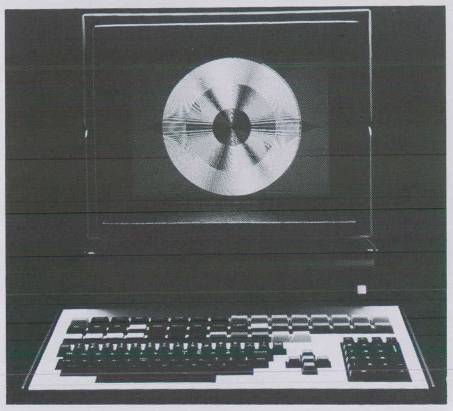 "Chromatics color computers pack the kind of features you would expect in a $50,000 system. Besides its amazing 512 × 512 dot resolution, it has optional hardware for color shading, and superfast hardware generation (normally vectors driven by software). ZOOM and PAN are provided, and the display memory can contain up to 131,092 bytes of dynamic RAM. Four independent windows are allowed" View the source HERE.
"Chromatics color computers pack the kind of features you would expect in a $50,000 system. Besides its amazing 512 × 512 dot resolution, it has optional hardware for color shading, and superfast hardware generation (normally vectors driven by software). ZOOM and PAN are provided, and the display memory can contain up to 131,092 bytes of dynamic RAM. Four independent windows are allowed" View the source HERE.
21/10/2009
Denys Fisher - Spirograph (1965)

Spirograph is a geometric drawing toy that produces mathematical curves of the variety technically known as hypotrochoids and epitrochoids. Read more about spirograph on wikipedia HERE.
20/10/2009
TVE S.A. Television Espanola - El Arte Del Video (1989)
This hidden youtube clip seems to have gone under the usual radars. Although produced by a division of Radiotelevision Española, "El Arte Del Video" is an English language documentary from 1989 focusing on the world of late 80s video art. This ranges from Nam June Paik's early television modifications through to some linndrum based MTV-esque video workouts. This clip features interviews with Nam June Paik, Steven Beck, Woody Vasulka and Zbig Rybczynski plus footage from Gary Hill, Ed Emswiller, Max Almy and many more. Thankfully uploaded by JefferyPlaide.
David Vorhaus - Analogue Electronic Music (1979)
David "White Noise" Vorhaus talking in his studio about electronic music composition and his MANIAC sequencer. All hardware needs a "time warp navigator" switch !
19/10/2009
BBC - Synth Britannia (2009)
Featuring Cabaret Voltaire, John Foxx, The Human League, Heaven 17, Gary Numan, Kraftwerk, OMD, Throbbing Gristle, Chris & Cosey, Ultravox, Giorgio Moroder, Joy Division, Soft Cell, The Normal, New Order, Depeche Mode, Yazoo and more.. A few more clips of this 90 minute BBC Four documentary have found their way onto youtube.
Springer Tempophon
http://www.uclouvain.be/235555.html
18/10/2009
17/10/2009
Subscribe to:
Posts (Atom)



